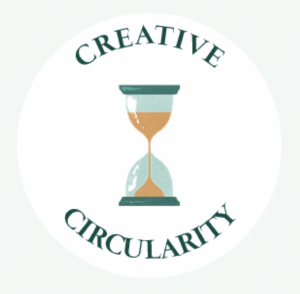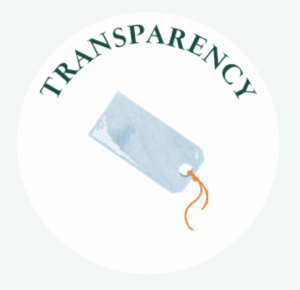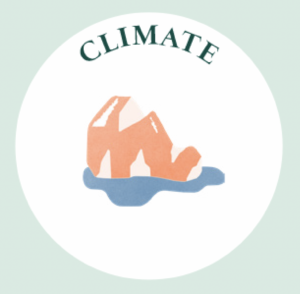30 Jun 2022
[ D&A Knowledge Hub] Sustainability in the Luxury Industry
June 30, 2022

With the surging concerns over environmental protection, we can see the growing participation of the luxury industry towards sustainability nowadays. Without any doubt, sustainability in the luxury industry is a complex topic, hence this time D&A Knowledge Hub would like to take a look at the latest sustainable project launched by one of the leaders within luxury industry – LVMH Group. From this, we can gain insight into the new trends in sustainable practices of luxury giants, and at the same time bring some inspiration to other supply chain stakeholders in the industry.
LVMH Launched LIFE 360 Program
In 2021, LVMH Group launched LIFE 360 program sets precise targets for 2023, 2026 and 2030 which aim to create products that forge a fresh alliance between LVMH and nature, and which make a positive contribution to biodiversity and to fighting climate change. The program is consisted of four strategic priorities:
Creative Circularity
The Group will draw on creativity to drive environmental excellence in their products and packaging, through initiatives such as eco-design, recycling unsold products, upcycling (making clothes from existing stocks), or identifying alternative materials. The Group will focus on the recycling system and share emerging materials among the various brands in-house. At the same time, in line with the concept of durability of luxury goods, the Group will help brands to establish product maintenance services. 2021 also saw the creation of Nona Source, the first online resale platform for deadstock fabrics and leathers from LVMH Fashion & Leather Goods Maisons.
By 2023: New circular services (repairs, upcycling, etc.)
By 2026: Packaging – zero plastic from virgin fossil oil
By 2030: 100% of our new products will be from sustainable sources
Transparency
Being able to trace materials from their origins and through each step of their transformation is essential to ensuring responsible practices. For example, Guerlain launched Bee Respect platform while Loewe has launched labels that trace the recycling of fabrics. By 2030, 100% of the Group’s strategic supply chains will integrate dedicated traceability systems. This is to address the expectations of society for more information about products and better traceability.
Biodiversity
By 2026: 100% of strategic raw materials are certified to standards guaranteeing the preservation of ecosystems and water resources.
By 2030: 5 million hectares (50,000 sq. km.) of flora and fauna habitat restored and/or preserved
Climate
LVMH’s commitment to pursue efforts to improve the energy performance of its sites and stores, focusing on CO2 emissions that are not directly linked to product manufacturing, but result from other stages in the product lifecycle, including transportation, procurement and use.
By 2026: Reduce greenhouse gases from energy consumption at our sites and stores by 50%. 100% renewable or low-carbon energy at sites and stores
By 2030: Reduce and/or avoid by 55% GHG emissions linked to raw materials and transport per unit of added value
From the LIFE 360 project released by LVMH Group, we can see that one of the biggest highlights is the emphasis on circular economy. Recycling and upgrading of products and materials are a pillar of this environmental protection project.
Source: LVMH Group Website





